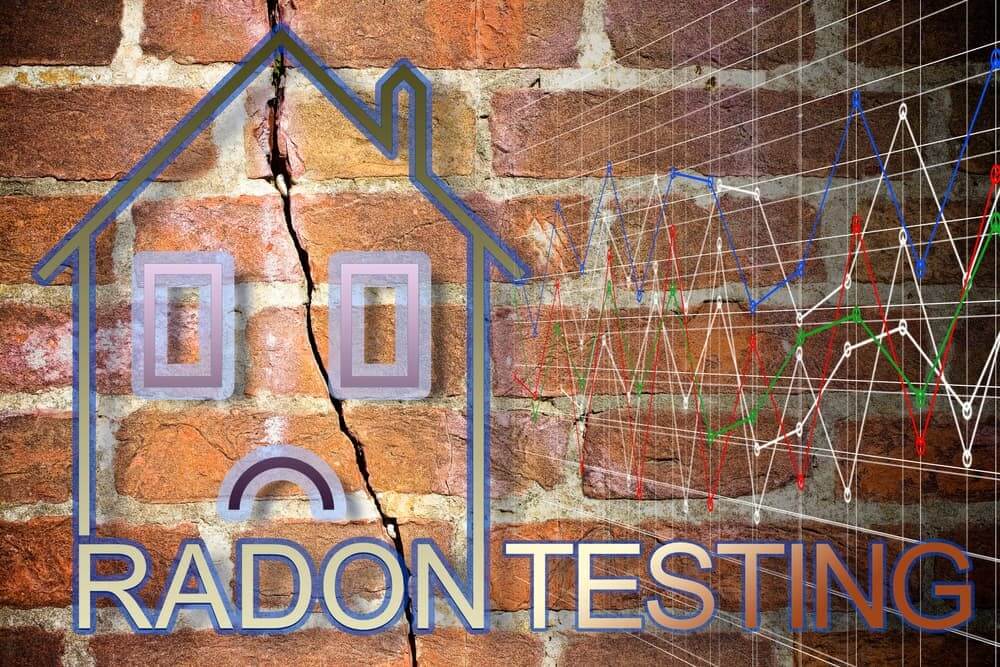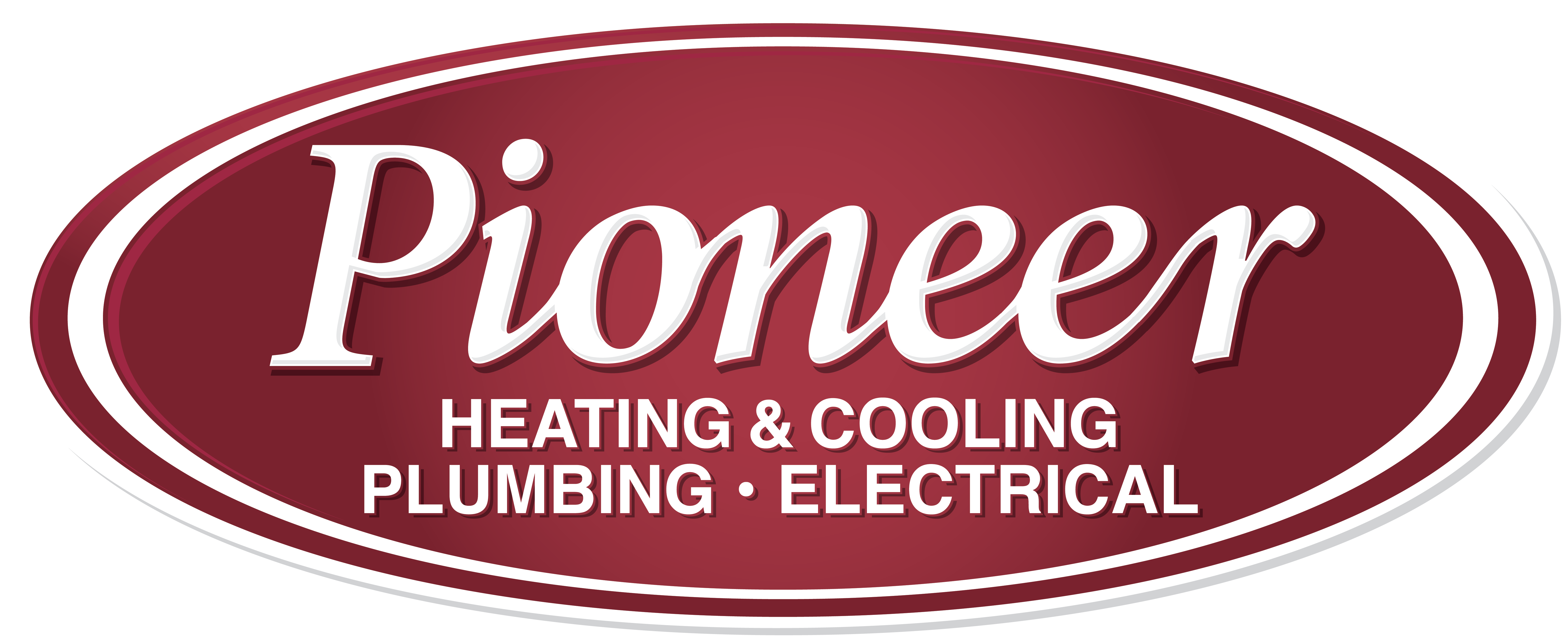According to the US Environmental Protection Agency (EPA), exposure to Radon gas accounts for about 21,000 deaths from lung cancer annually. That is a very high number considering there are solutions people can use to prevent exposure to the gas. Radon is the major cause of lung cancer in people who don’t smoke.
Most homeowners already know the dangers of carbon monoxide and have installed CO detectors as safety measures. Most forget about the deadly gas Radon. So, what is it, and how can you get rid of it from your home? Read on to find the answers below!
What Is Radon
Radon gas is naturally occurring produced from the breakdown of uranium in soil and rocks. It is present in tiny amounts outdoors, making it significantly harmless. These small amounts may sometimes seep up through the soil and get into the house via cracks on the floor or wall, construction joints, wires, pumps, or gaps in foundations around pipes.
If you live in a house with poor ventilation, the gas will accumulate and be highly toxic. The level of the gas is highest in basement or crawl spaces.
When you breathe in radon, it goes directly to the lungs, exposing them to a small amount of radiation. This will eventually damage the cells along the lining of the lungs, increasing the chances of lung cancer. The risk is high for people who have spent most of their time living in radon-contaminated spaces.
A combination of exposure to radon and cigarette smoking is a greater health risk. The risk of developing lung cancer is high, and recovery may sometimes be impossible.
How to Test For Radon
Radon gas is naturally occurring and has no smell or color. The only way you can tell your house has traces of the target is to test for it. EPA explains how to test for Radon gas in the home in a Citizen’s Guide to Radon production that you can person quickly and inexpensively and the steps to follow if the levels are too high.
It would be best to hire a professional testing company to ensure the process is convenient for effective radon testing. The professionals will advise on the best possible actions and even suggest a lab review for the test results.
If radon levels are too high in the home, they can also help make the necessary steps to lower them. The most common solution is vent pipe systems and a fan that will release all the gas outdoors.
Sometimes Radon gas may enter your home through the water supply, which can be risky as you will be ingesting it directly if it mixes with drinking water. Professionals can test radon levels in water and have the water supply treated to remove the gas before entering the home. Contact your water supplier if you have concerns that radon may come from a public water supply.
Like most home repairs, the costs of reducing radon in the home will vary due to several factors. The structure of your home (whether you have a crawlspace or basement) and the kind of system you need are major considerations.
Improve Your Indoor Air Quality from Pioneer Heating & Air Conditioning
You can easily expose your family to radon without knowing. At Pioneer Heating & Air Conditioning, we commit to ensuring the air you breathe in your home is of high quality. We take care of all poisonous gases that may come into your home, carrying dust, pollen, pet dander, and even viruses, including the deadly radon gas.
Talk to us to get the best duct cleaning and air purification systems. We also have the best systems to filter and purify the air you breathe in your home. Contact us today to schedule an appointment.
Image Source: Frencesco Scatena / Shutterstock

